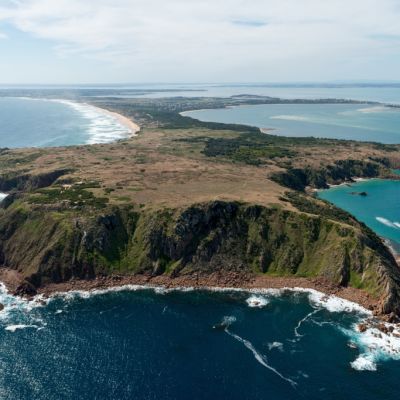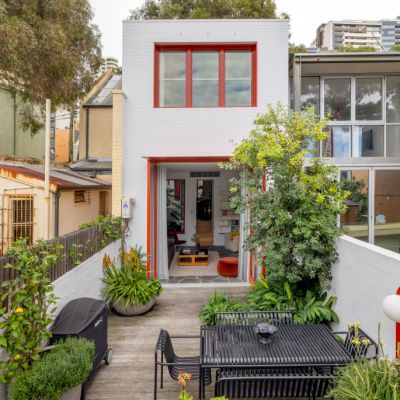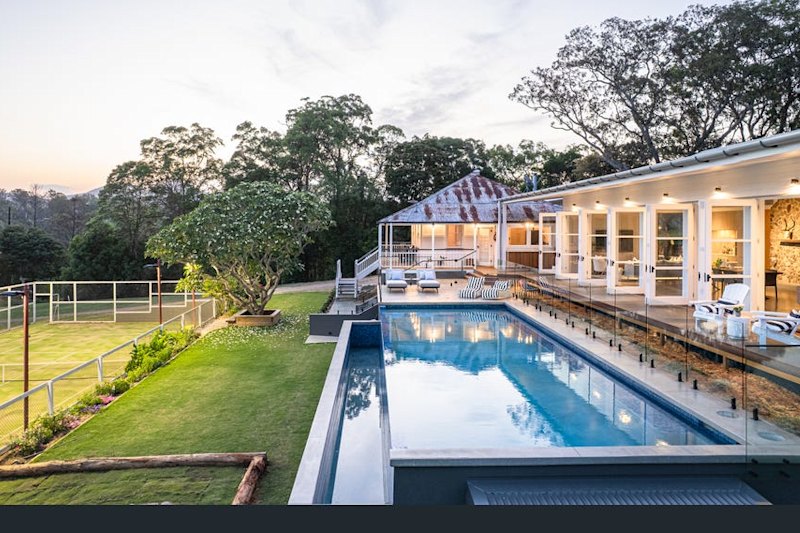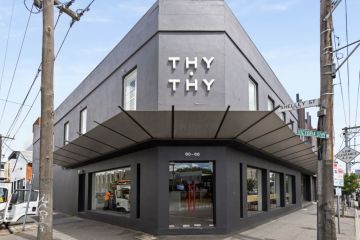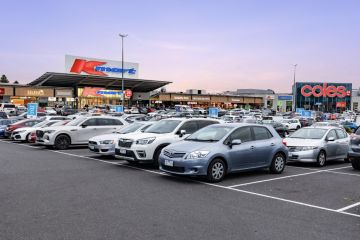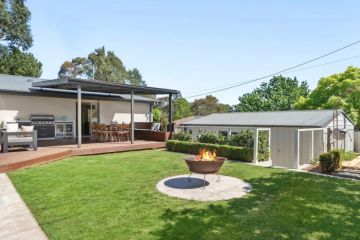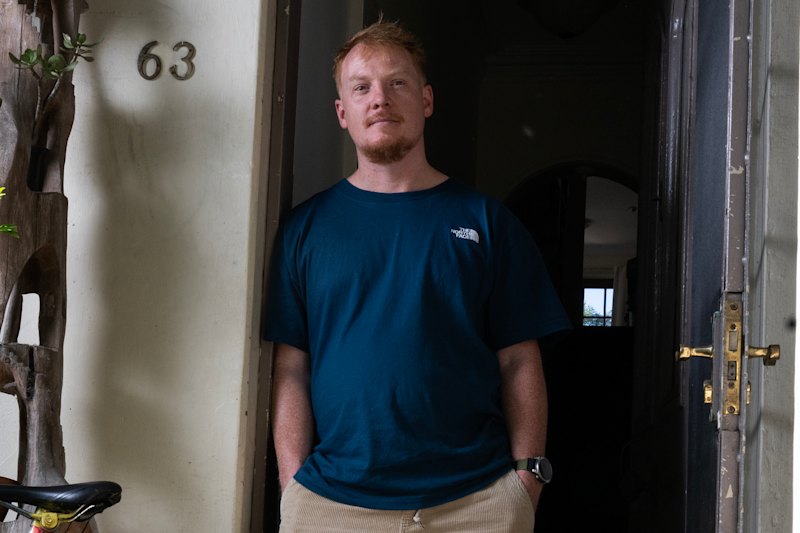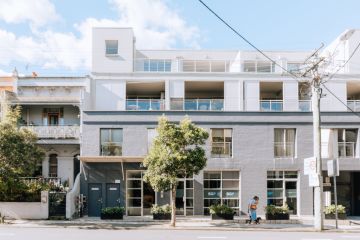Rents are still rising across Australia but at a slower pace
Rent prices across Australia are no longer rising at break-neck speed, with new data revealing the weakest outcomes in years, signalling the worst of the rises may be over.
The Domain Rent Report, released on Thursday, revealed that although prices in some cities have hit record highs again, the quarterly price growth is now 1.5 times slower than previous quarters across the combined capitals for houses.
The pace of quarterly growth for units has halved, pointing to a more stable market and, eventually, some relief for tenants.
Nationally, house rents have risen by 11.1 per cent over the past year, while units have grown by 8.6 per cent.
Sydney remains the most expensive capital city in which to rent a house, but the median asking price has flatlined at $750 over the past three months.
However, the cost of renting a unit has jumped by another $20 a week to a median of $720. The gap between the cost of renting a house compared to a unit is now just $30 a week.
The price difference between renting a unit and a house in Melbourne and Brisbane has also narrowed significantly. Like Sydney, both cities have a $30 median asking price difference between the two property types.
Adelaide was the only city that bucked the national trend of a slowdown, where the unit rent growth accelerated over the past three months.
Elsewhere, rental price growth has slowed significantly, with Darwin and Canberra even seeing small price drops in median rents.
Domain’s chief of research and economics, Dr Nicola Powell, says the rental market typically slows down in winter.
Still, it’s becoming more evident that conditions are easing, and Powell is optimistic that 2024 will give renters a more balanced market.
“Many cities are seeing the weakest outcome for a June quarter in a number of years. It shows that strong rates of rental growth are likely to be behind us,” she says. “Some cities are now seeing no gross over the quarter. A couple of them declined, which is quite unusual, given the fact that we still got vacancy rates technically in the landlord’s market.”
“It means that the affordability ceiling is being reached … budgets have been stretched to their max.”
But the bottom line is that rents have still gone up – even if the rate of growth has slowed – and Australia’s rental market continues to favour landlords, making it extremely challenging for tenants.
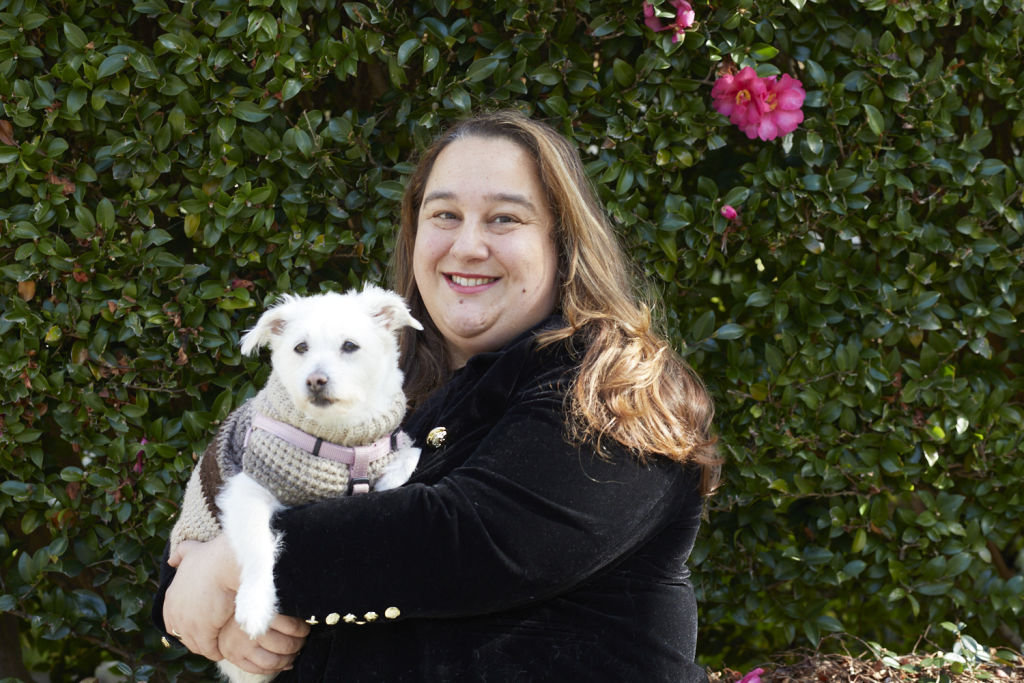
Sydneysider Marianna Agostino has given up on Killara in the upper north shore. She had been happily renting a two-bedroom apartment and was desperate to stay because she loved the area, but when her rent was upped by $130 within 12 months, she realised it no longer made sense financially to stay.
Agostino is a “rentvestor” – a term that refers to people who continue to rent in the area they like but purchase property in a location they can afford (often much further out from a CBD or in a regional location) – and so she luckily has the option to move into her investment property. However, it will mean moving to western Sydney.
The cost of paying the mortgage on her investment property will be less than her rent would have been in Killara.
“I wanted to rent where I wanted to live and buy where I could afford. And my ethos was always if my rent in covered my rent out, then I was okay,” she says. “It got very hard to do that.”
When Agostino got the rent increase notice, she researched the value of two-bedroom apartments near the station to try to negotiate the price increase.
She discovered that similar apartments in her area were going for a max of $800 a week, so the $850 being asked of her was unreasonable.
Unfortunately, the real estate agent did not get back to her for at least a month, and by then, Agostino had missed her 30-day notice to dispute the rental increase.
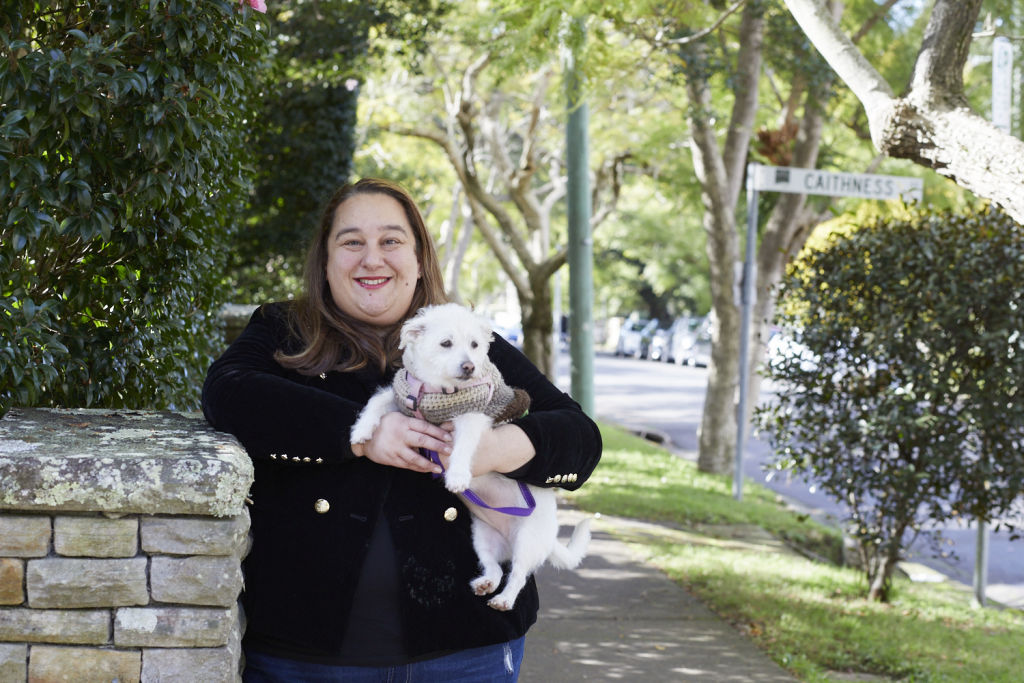
So she had no choice but to start apartment hunting again.
“We were trying to keep our rent about the same, so like $750 to $780,” she says. “We had to go much further north, to Hornsby or Asquith to get anything that was a decent condition as well,” she says.
“I could find properties, but they were just holes, so I just wasn’t prepared to spend the same money for something worse.”
After failing to find something reasonably priced that she liked and accepted her dog, Agostino decided to temporarily move into her rentvesting property to “ride out the interest rates and high rental market”.
It’s a common story – tenants being priced out of their preferred suburbs – as properties closer to the CBD tend to have more demand than the outer suburbs.
“There is still a lot of work that needs to be done to create a balanced rental market in Australia. We still need a lot of rental supply, but I think what we’re seeing is a shift and a shift into the right direction in terms of supply,” says Powell.
“Rental supply is rising. We’ve got investors coming back into the market. The outlook for the next 18 to 24 months is better for tenants than the last two years.”
Sydney rental prices
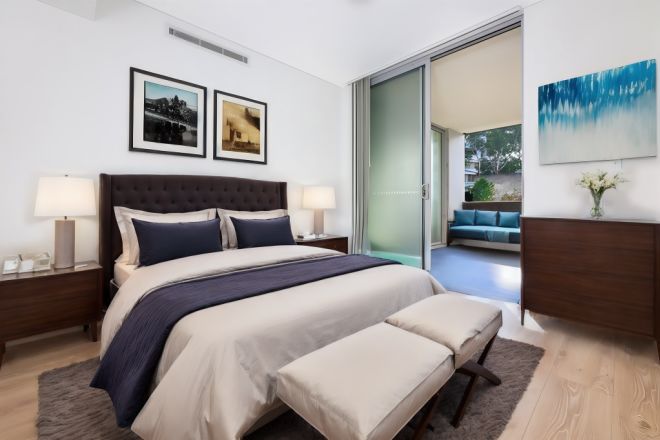
Sydney is the most expensive city in Australia for renting a unit or a house.
The median asking rent for a house is $750 (same as the previous quarter), and the median weekly rent for a unit is $720 (up 2.9 per cent in the quarter).
“[Sydney house price stability] has slowed the annual growth rate to its lowest point in almost three years,” says Powell. “It is clear rental conditions are easing as it marks the weakest June quarter since 2021.”
Unit rents have also experienced their weakest June quarter since 2021.
Melbourne rental prices
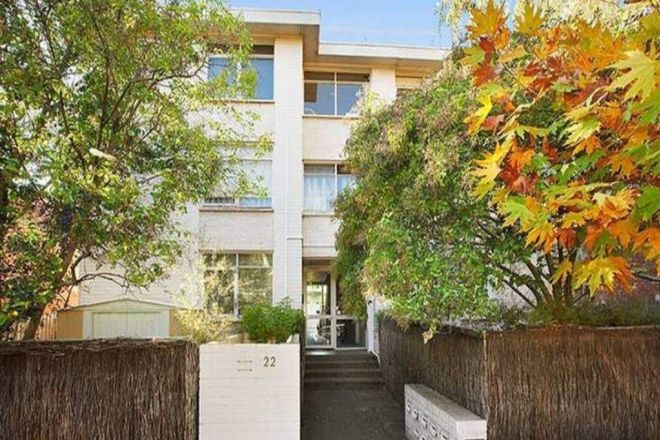
Melbourne’s house rents saw the most significant quarterly price increases of all the capital cities, with the median asking price increasing to $580 a week (up 1.8 per cent in the quarter). However, this has been the slowest growth recorded over a June quarter in the city since 2021.
“Despite this slowdown, record rents have helped gross rental yields reach their highest point in almost eight years,” says Powell.
Unit rental prices are a different story, as the median price has remained at $550 for the past three months.
Brisbane rental prices
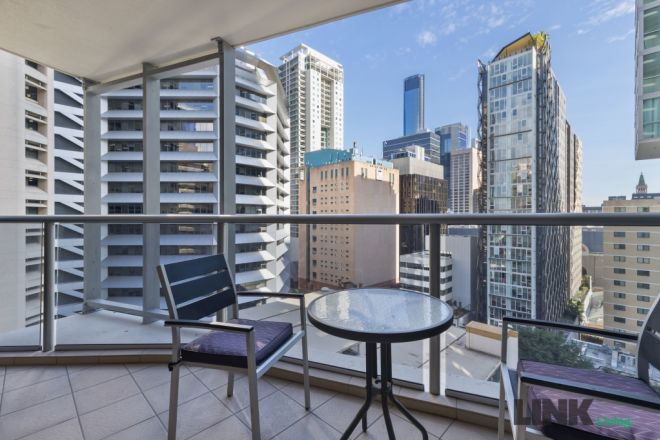
The median weekly asking price for units in the Sunshine State’s capital is now $600, making it the second most expensive place to rent an apartment in the country.
However, Powell doesn’t believe Brisbane units will be able to dethrone Sydney as the most expensive place to rent an apartment.
The median weekly rent for houses increased by 1.6 per cent over the quarter and by 8.6 per cent over the year to a median of $630 weekly.
Adelaide rental prices
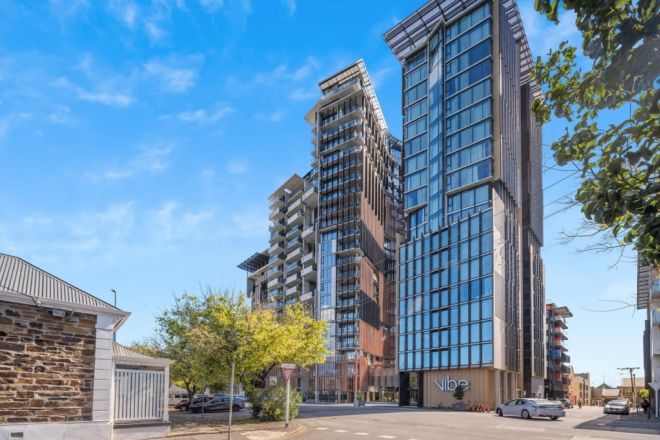
Adelaide’s rent growth has risen for the 16th consecutive quarter, pushing the median house rent to $595 weekly.
“Despite the continual rise, the pace has shifted significantly, rising almost seven times slower than the previous quarter,” says Powell. “Quarterly growth is now at its lowest in four years, and annual gains are at their lowest since March 2022.”
At the same time, units saw a reacceleration of price growth, with a quarterly increase of 4.3 per cent (the highest nationwide), bringing the median price up to $480 a week.
Perth rental prices
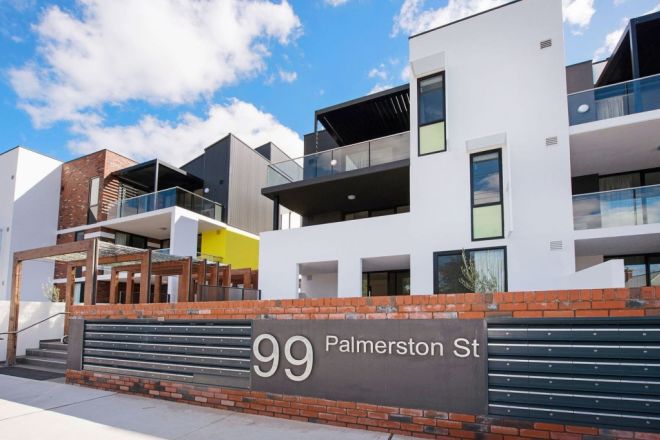
Perth house and unit rents remained steady over the quarter for the first time in years. The median asking price for a house continues to be $650, and for units, it’s $550.
“It is the weakest outcome over a June quarter since 2020 for houses and 2018 for units,” says Powell. “Supply is rising, [the slowdown] says a lot about stretched affordability.
“Despite the easing [quarterly] growth, rents remain at record highs, and annual growth remains the highest of all the capital cities.”
Canberra rental prices

Canberra house rents are back at $690 per week, a figure not seen since December 2022.
“This consistent growth has not been seen for two years and has pushed annual gains into positive territory for the first time in 15 months,” says Powell.
However, unit rents fell to $560 (down by $10 since last quarter). Canberra is one of two capital cities that saw unit prices drop.
“This is the first quarterly decline in four years,” Powell says.
Canberra also has the highest vacancy rates in the country, at 1.7 per cent.
Darwin rental prices
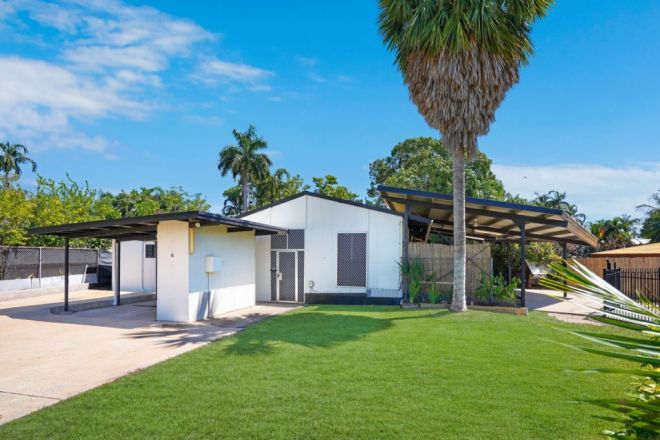
Darwin saw the median rental asking price for units decrease for the first time in a year – the median price is now $530 ( down 3.6 per cent ).
“It is now the third most affordable city for tenants for the first time in almost four years, as Darwin unit rents have fallen below Melbourne and Perth,” says Powell.
The median asking rent for houses increased for the first time in 15 months, with prices at $660 ( up 1.5 per cent ).
Hobart rental prices
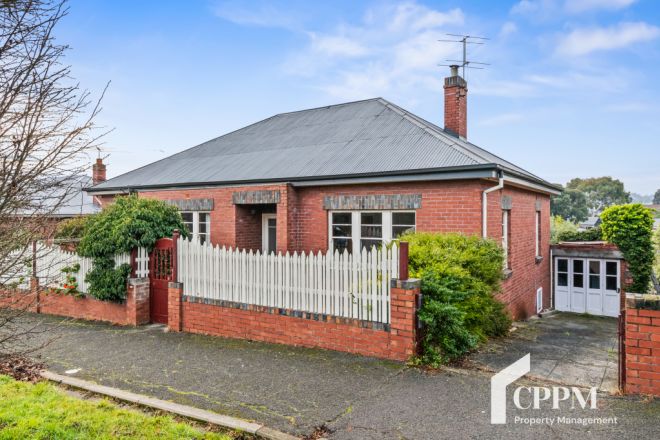
Hobart house rents were the only ones to drop nationally, making it the only capital city where the median rental asking price is below their record. Houses are now at $540, while unit rents remained steady at $460.
It is now the most affordable capital city in which to rent a house or a unit.
We recommend
We thought you might like
States
Capital Cities
Capital Cities - Rentals
Popular Areas
Allhomes
More
- © 2025, CoStar Group Inc.
